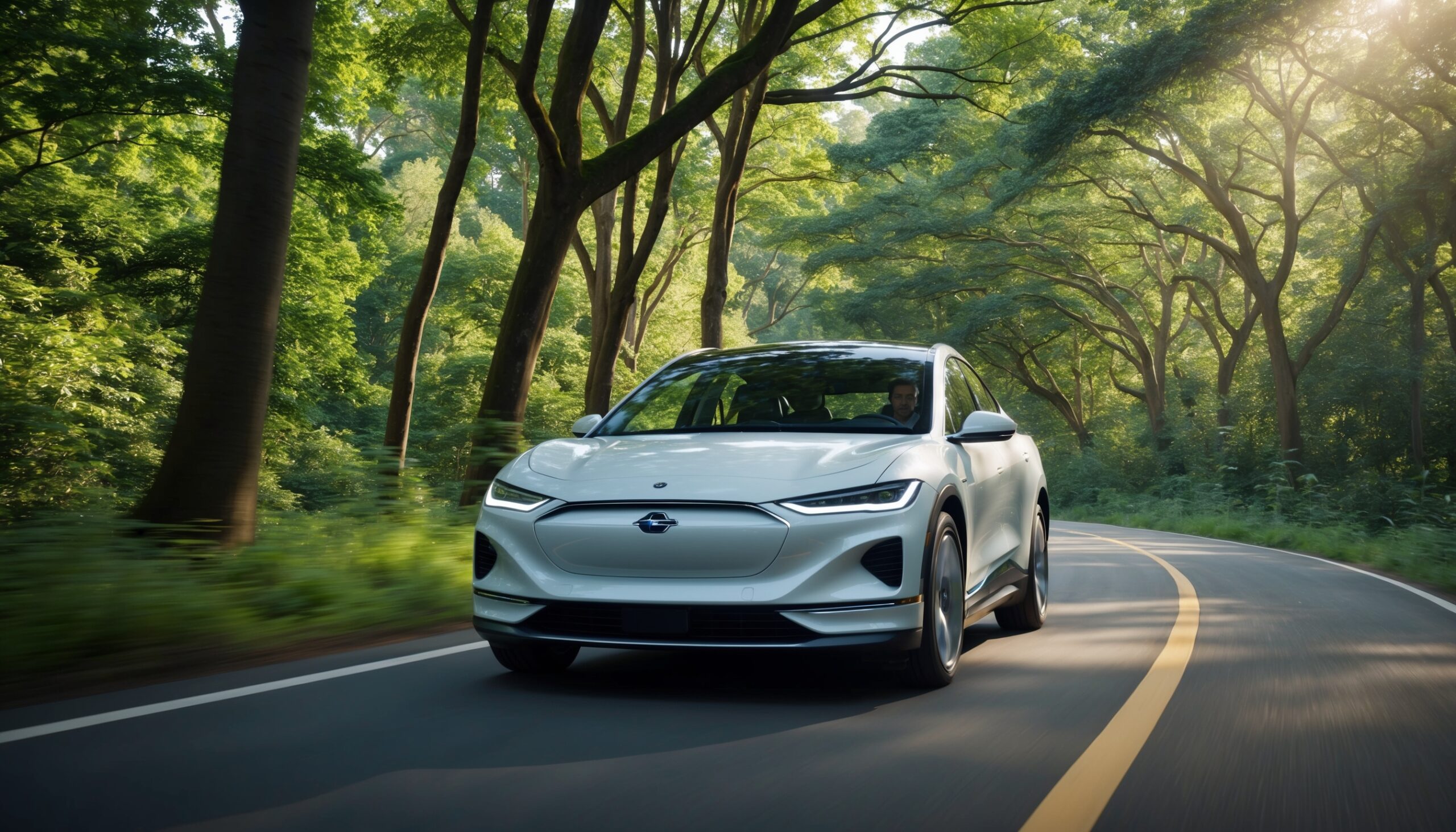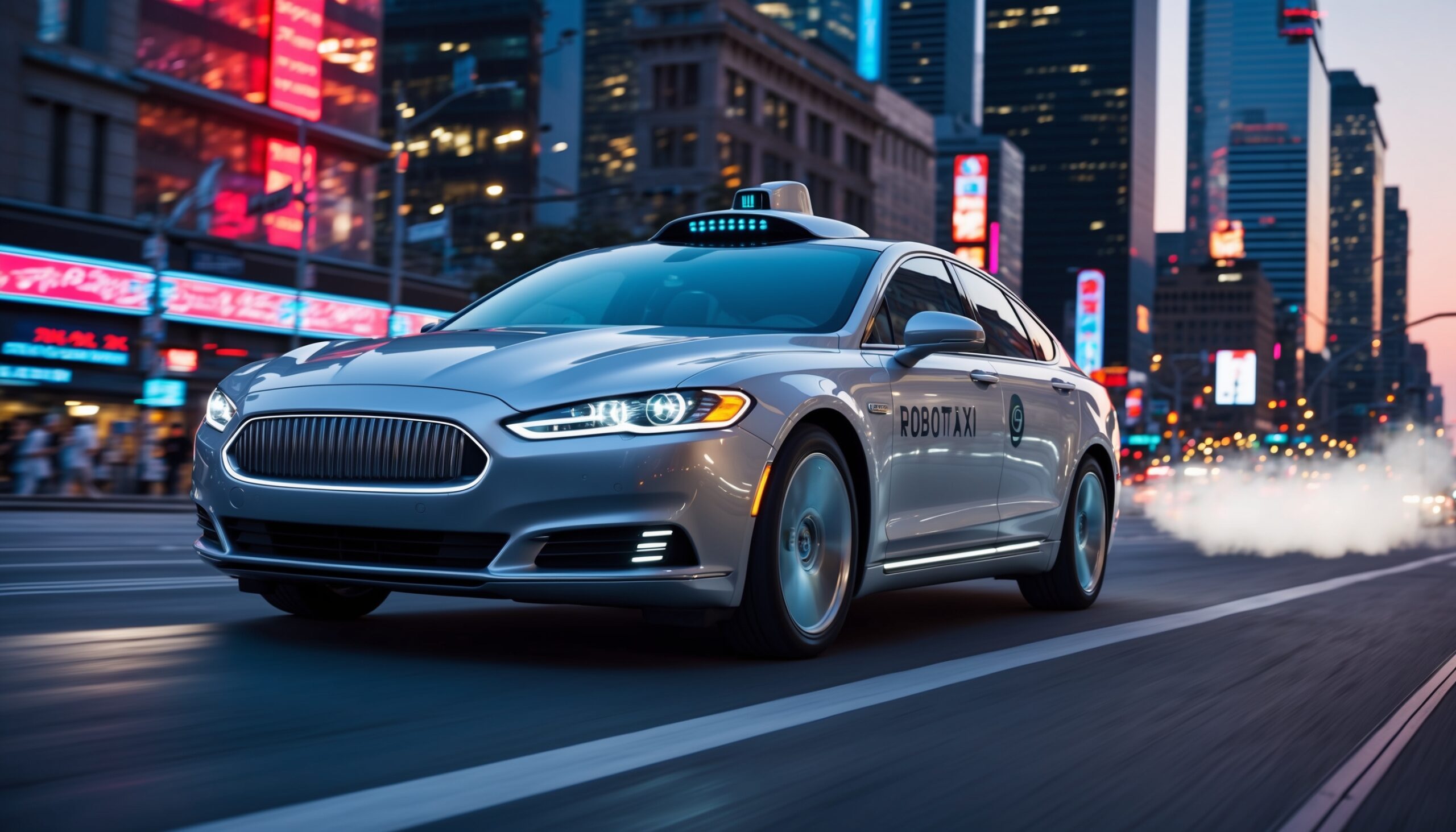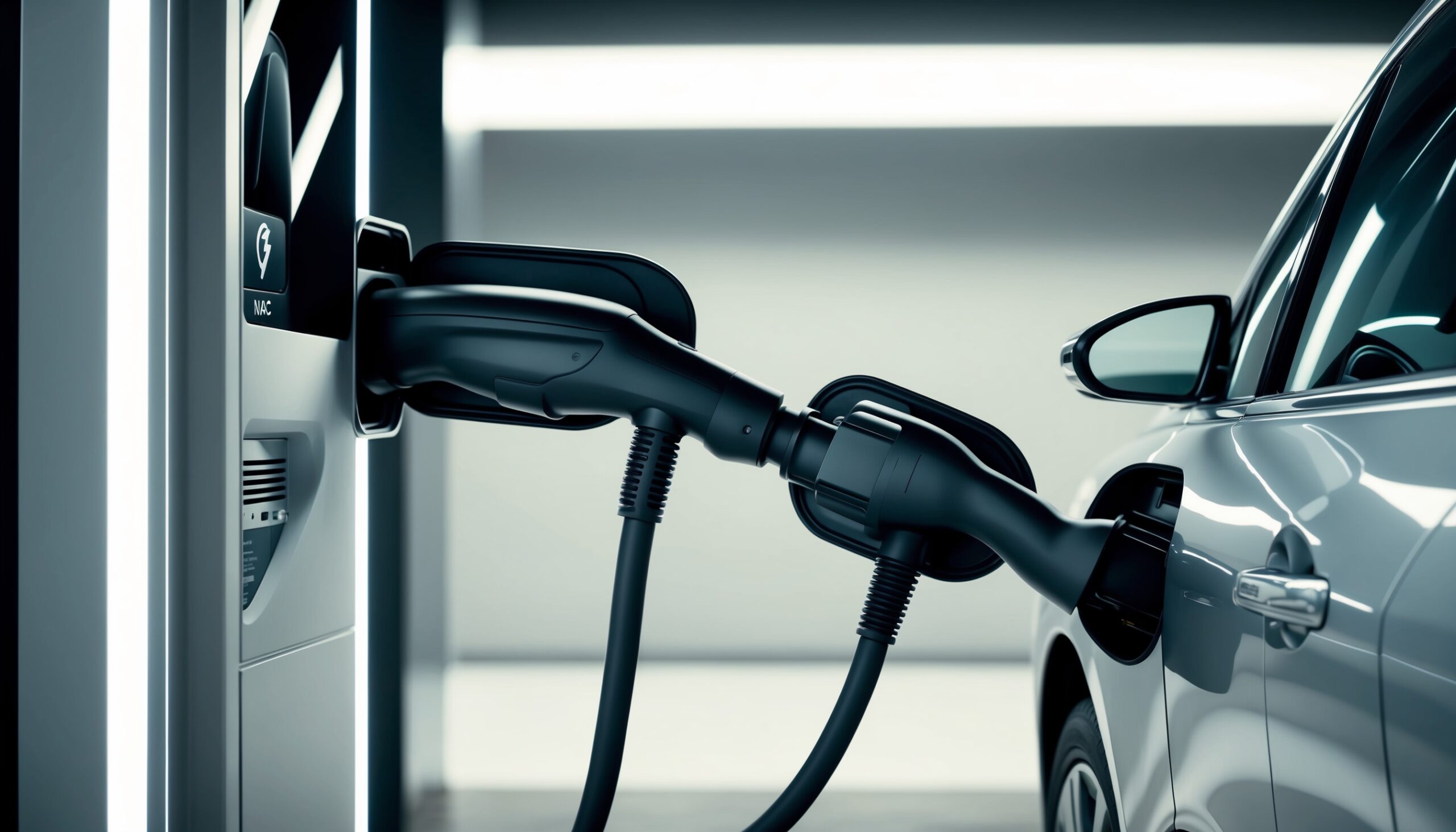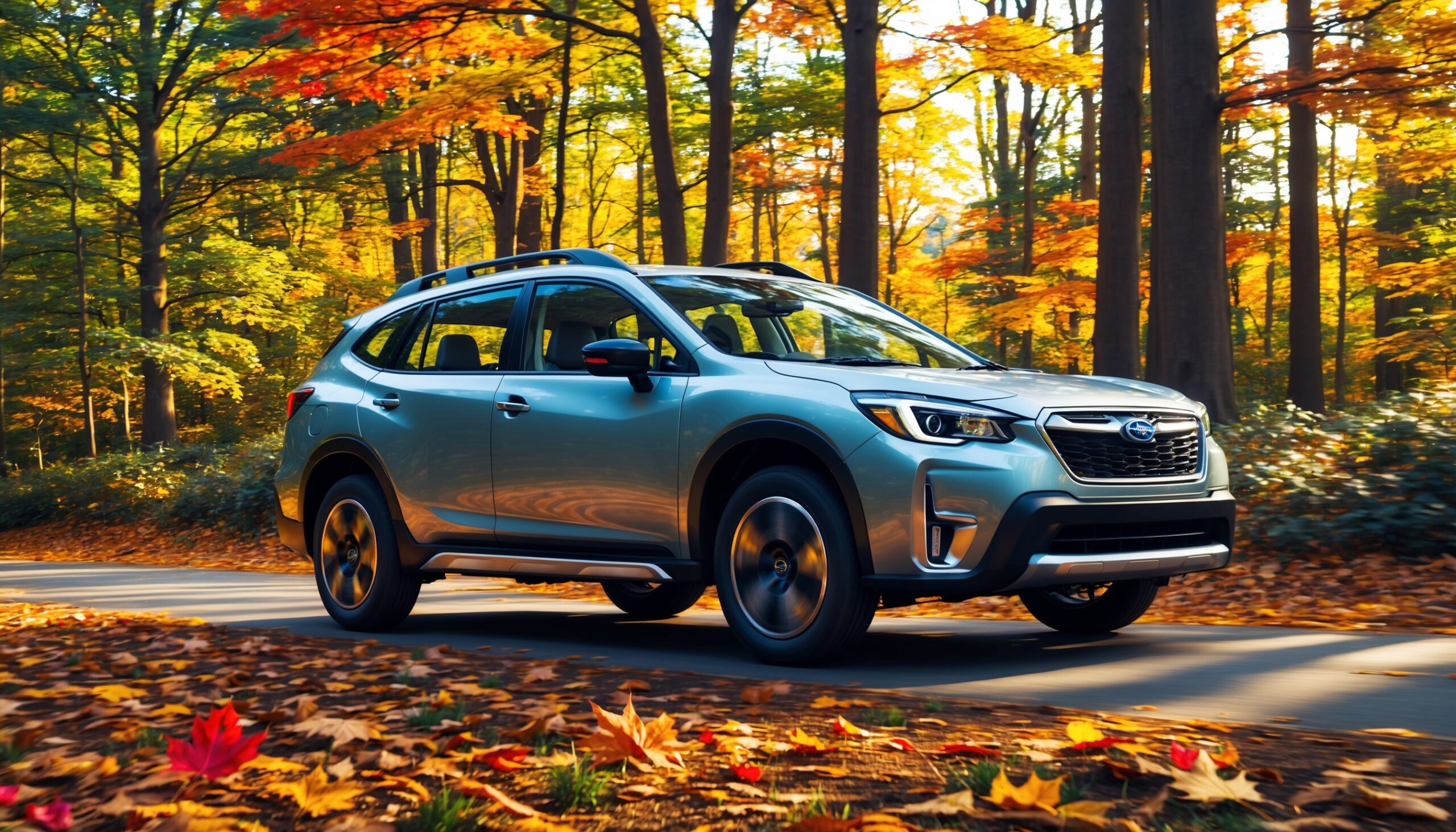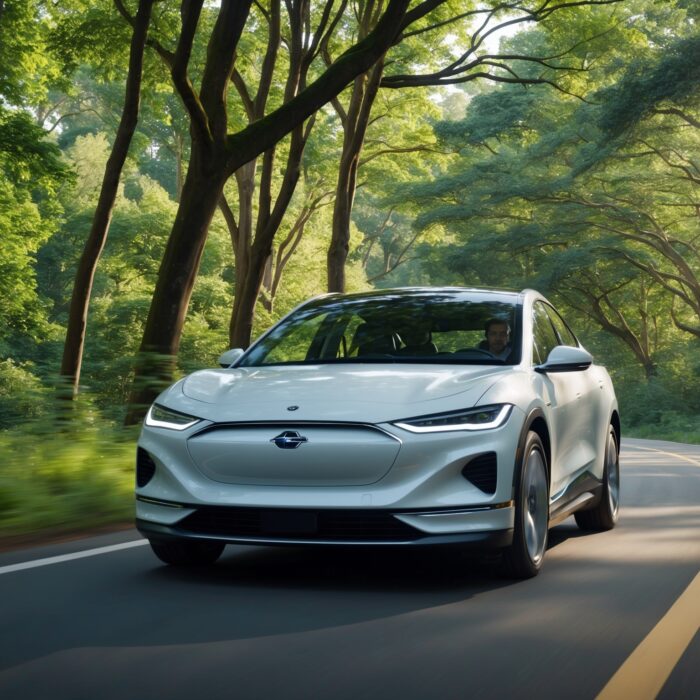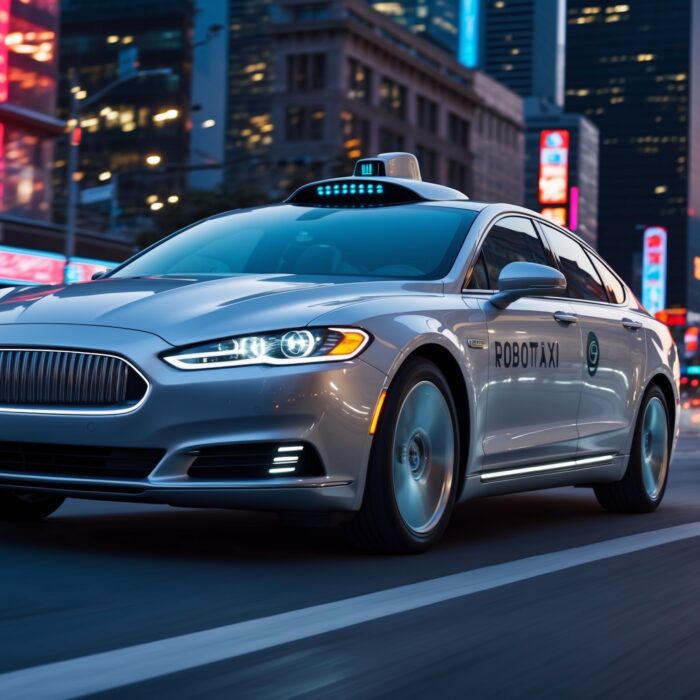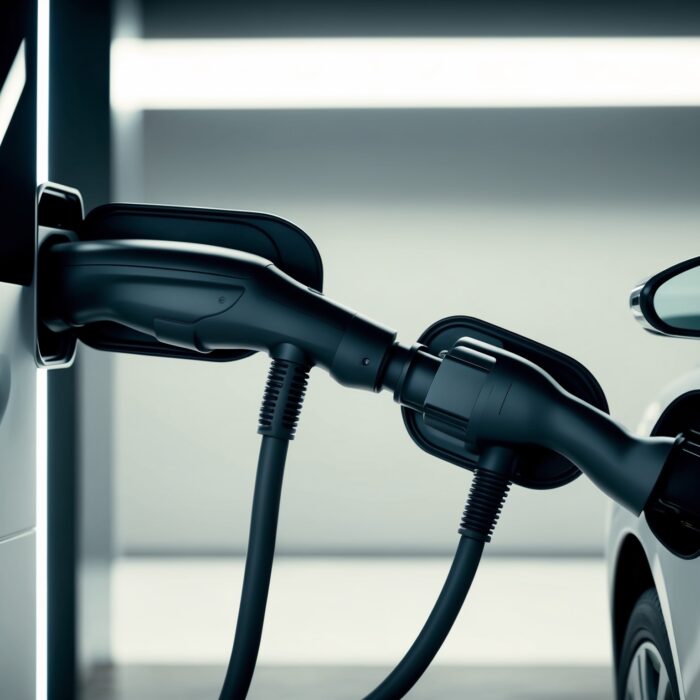The Race to Deploy Robotaxi Fleets: Key Cities and Testing Grounds
In the ever-evolving landscape of automotive technology, the race to deploy robotaxi fleets has become one of the most thrilling chapters in the story of transportation innovation. With advancements in artificial intelligence, machine learning, and sensor technology, companies are pushing the boundaries of what we once thought was possible. This blog post dives deep into the cities leading the charge, the key players involved, and the testing grounds that are shaping the future of autonomous ridesharing. Buckle up, car enthusiasts; it’s going to be an exciting ride!
What Exactly is a Robotaxi?
Before we delve into the specifics, let’s clarify what a robotaxi is. Imagine a self-driving vehicle that you can summon via an app, just like you would with a traditional rideshare service. However, the twist here is that there’s no human driver behind the wheel. These autonomous vehicles navigate city streets, pick up passengers, and drop them off at their destinations—all while you sit back and enjoy the ride. Sounds futuristic, right? But the future is closer than you think!
Why Robotaxis Matter
The implications of deploying robotaxi fleets are monumental. They promise to:
- Reduce Traffic Congestion: With fewer vehicles on the road, we could see a significant decrease in traffic jams.
- Lower Emissions: Many companies are focusing on electric vehicles, which could drastically cut down on air pollution.
- Enhance Safety: Autonomous vehicles could potentially reduce accidents caused by human error, which accounts for a large percentage of road incidents.
- Increase Accessibility: Robotaxis can provide transportation solutions for those unable to drive, including the elderly and disabled.
With these benefits in mind, it’s no wonder that cities around the globe are racing to become the testing grounds for this groundbreaking technology.
Also Read: Wireless EV Charging on the Horizon: Testing and Pilot Programs
Leading Cities in the Robotaxi Race
Several cities have emerged as key players in the deployment of robotaxi fleets. Each has unique advantages, regulations, and infrastructure that make them ideal for testing and eventually rolling out autonomous taxi services.
San Francisco, California
San Francisco is at the forefront of the robotaxi revolution. With its tech-savvy populace and dense urban environment, it’s a prime location for testing self-driving technology. Companies like Waymo and Cruise are already deploying their autonomous vehicles on the streets, gathering invaluable data while providing rides to passengers.
Also Read: State-by-State Legislative Battles on Autonomous Vehicle Liability
- Waymo: Originally a Google project, Waymo has made significant strides in robotaxi operations, recently launching a fully autonomous ride-hailing service in select areas.
- Cruise: Backed by General Motors, Cruise is also operational in San Francisco, focusing on urban environments with intricate traffic patterns.
Las Vegas, Nevada
Las Vegas has embraced the robotaxi trend with open arms, combining its status as a tourist hotspot with a flexible regulatory environment. The city’s relatively simple road layouts and the high volume of rideshare demand make it an ideal testing ground.
- Voyage: This company has been testing its autonomous vehicles in residential communities, proving that robotaxis can operate safely in less congested areas.
- NV Rides: Las Vegas has also seen pilot programs from various companies, all eager to capitalize on the city’s unique landscape.
Los Angeles, California
With its sprawling layout and notorious traffic, Los Angeles presents both challenges and opportunities for robotaxi services. The city is a massive testing ground for several companies, each trying to tackle the complexities of navigating LA’s roadways.
- Waymo: In addition to San Francisco, Waymo has extended its testing to LA, fine-tuning its algorithms to handle the diverse driving conditions.
- Zoox: Amazon’s Zoox is developing a bidirectional, fully autonomous vehicle specifically designed for urban environments like Los Angeles.
Singapore
On an international scale, Singapore stands out as a beacon of innovation in the robotaxi realm. Known for its advanced infrastructure and supportive governmental policies, Singapore is paving the way for autonomous vehicles.
- Grab: The Southeast Asian rideshare giant is actively testing autonomous vehicles in Singapore, combining their extensive local knowledge with cutting-edge technology.
- nuTonomy: This startup has been conducting trials in various districts, gradually expanding its operations as regulations allow.
Shenzhen, China
As China continues to lead in technology adoption, Shenzhen has emerged as a key city for robotaxi testing. The city’s government supports innovation, making it a fertile ground for autonomous vehicle development.
- DiDi: China’s leading rideshare company, DiDi, has begun testing its autonomous fleet in Shenzhen, aiming to integrate it into their existing services.
- Baido: Baido’s Apollo project is actively deploying robotaxis in designated areas, showcasing the rapid advancements in AI and machine learning in transportation.
Challenges Facing Robotaxi Deployment
While the prospects for robotaxis are exciting, numerous challenges remain on the road to widespread adoption. Here are some of the key hurdles that companies and cities face:
- Regulatory Hurdles: Governments need to create frameworks that ensure safety while promoting innovation. Finding the right balance can be tricky.
- Public Perception: Many people are still skeptical about riding in a vehicle without a human driver. Building trust is crucial for the success of robotaxis.
- Technical Limitations: Although technology has come a long way, there are still scenarios where autonomous systems struggle, such as inclement weather or complex urban environments.
- Insurance and Liability: Determining liability in the case of accidents involving autonomous vehicles is a significant concern that needs to be addressed.
The Future of Robotaxis
As we look ahead, the future of robotaxis is filled with potential. Many experts predict that by the end of this decade, we could see fully operational fleets in urban areas, transforming how we think about transportation. Here are some trends to keep an eye on:
- Integration with Public Transport: Robotaxis could complement existing public transportation systems, providing last-mile solutions to enhance mobility.
- Enhanced AI Capabilities: As AI technology continues to improve, we can expect more sophisticated navigation systems that can handle complex driving scenarios.
- Expansion into Suburban Areas: Once urban areas are saturated with robotaxis, companies will likely look to expand their operations into suburban and rural regions.
In the end, the race to deploy robotaxi fleets is not just about technology; it’s about creating a safer, more efficient, and more accessible transportation system for everyone. As we witness the evolution of this industry, Torque Feed will continue to keep you updated on the latest developments, innovations, and challenges that come with this exciting new frontier in automotive technology.
What’s Next for You?
Are you ready to embrace the future of transportation? Whether you’re an automotive enthusiast, a tech lover, or simply someone curious about what’s next, the rise of robotaxi fleets is something to watch closely. As cities gear up for this transformation, staying informed will ensure you’re not left behind in the fast lane of innovation.
So, what are your thoughts? Are you excited about the prospect of hopping into a robotaxi? Or do you have reservations about this new technology? Share your thoughts in the comments below—we’d love to hear from you!


